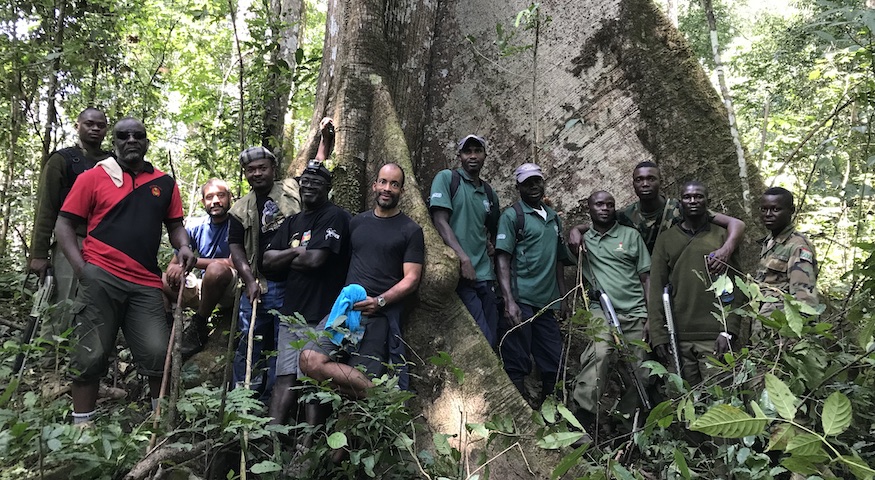
Africa Nature Investors Foundation
ANIF’s flagship project is the Gashaka Project which aims to protect the vital population of the critically endangered Nigeria-Cameroon Chimpanzee found in the Gashaka-Gumti National Park, Nigeria.
Nigeria

Tusk has established a reputation for identifying and supporting an impressive range of conservation initiatives with an incredibly successful track record throughout Africa.

ANIF’s flagship project is the Gashaka Project which aims to protect the vital population of the critically endangered Nigeria-Cameroon Chimpanzee found in the Gashaka-Gumti National Park, Nigeria.
Nigeria
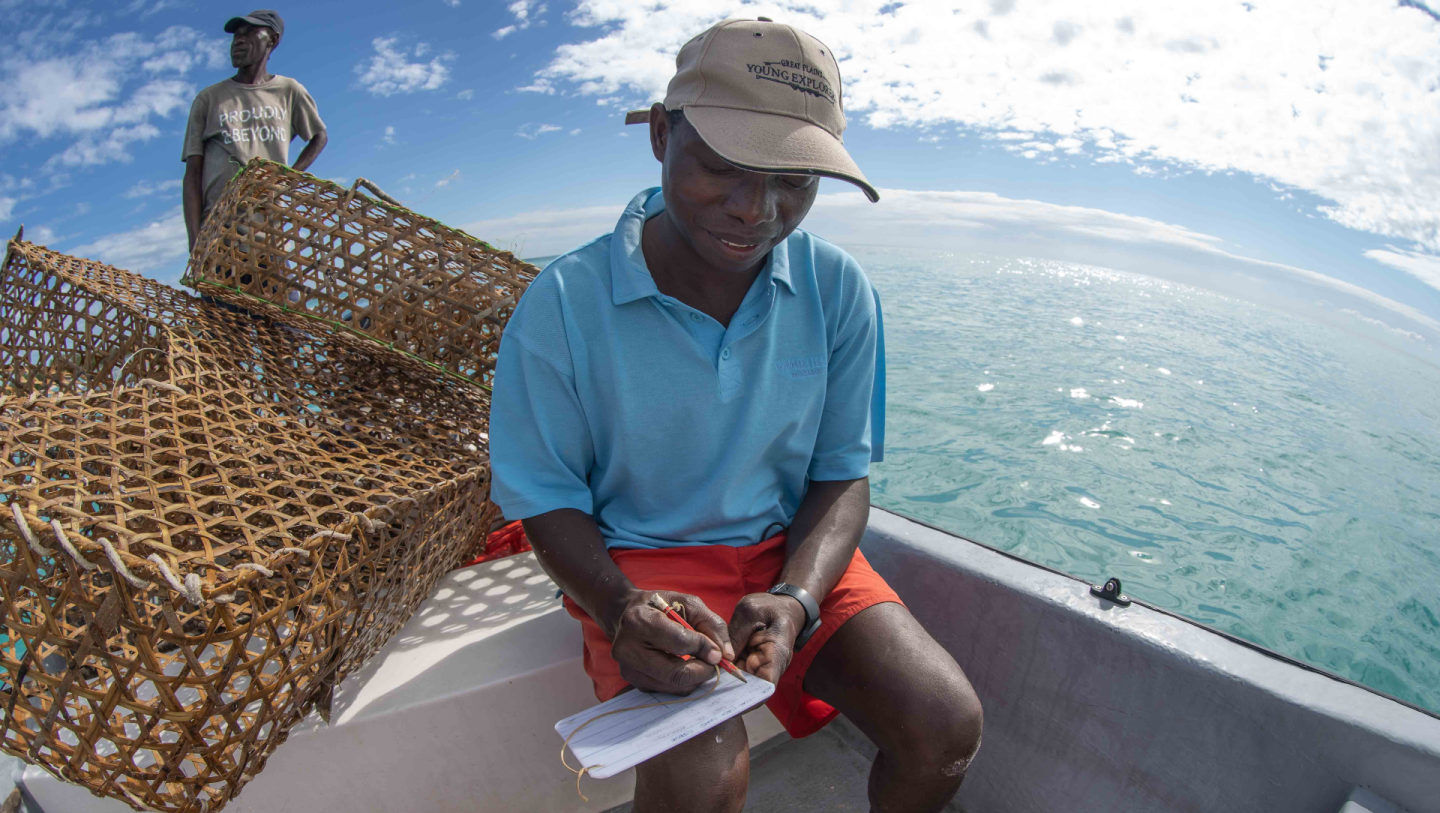
Oceans Without Borders is dedicated to marine conservation and community development at sites where &Beyond and Africa Foundation operate.
Tanzania
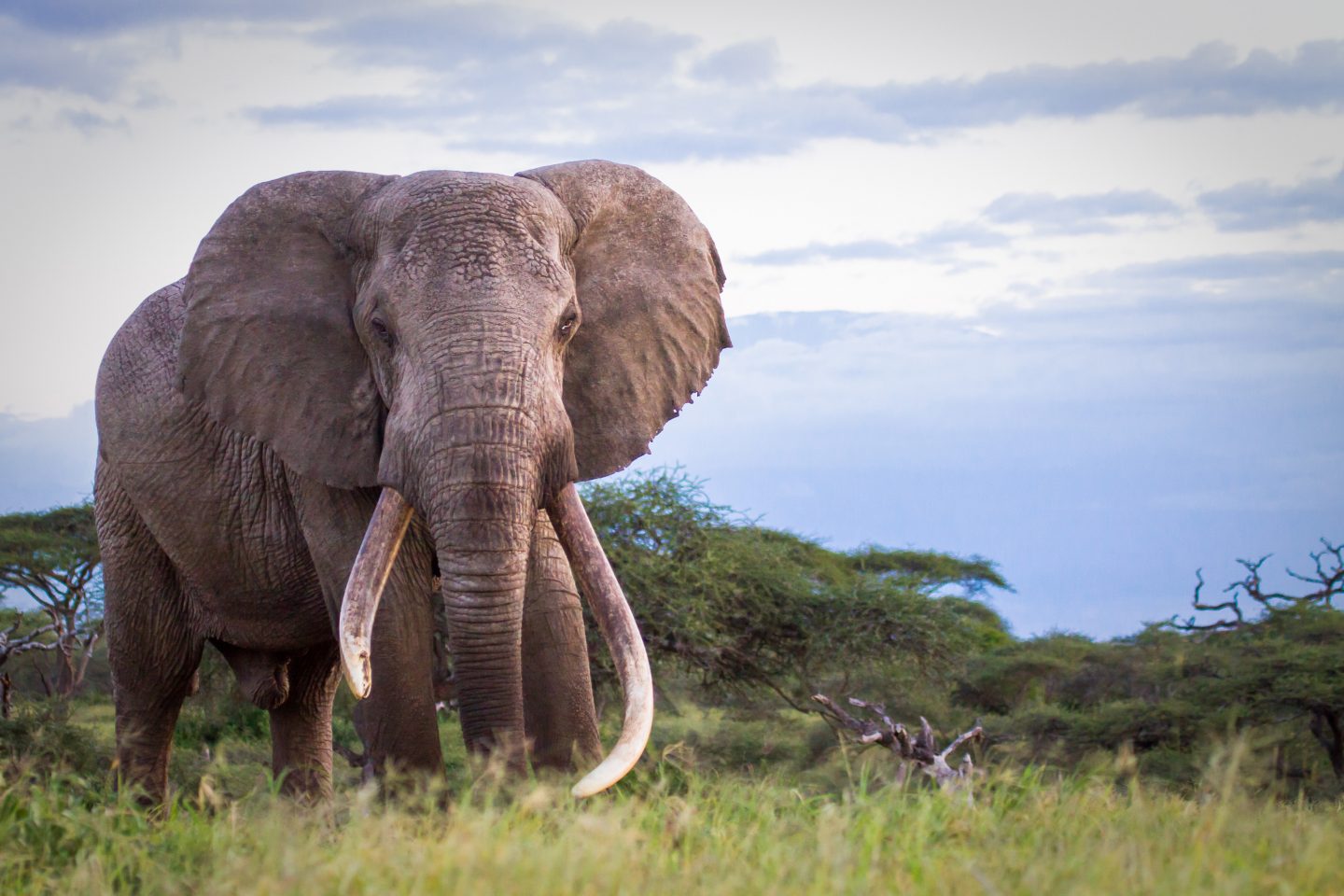
Big Life’s vision is to help bring an end to the rampant poaching in the Amboseli ecosystem.
Kenya
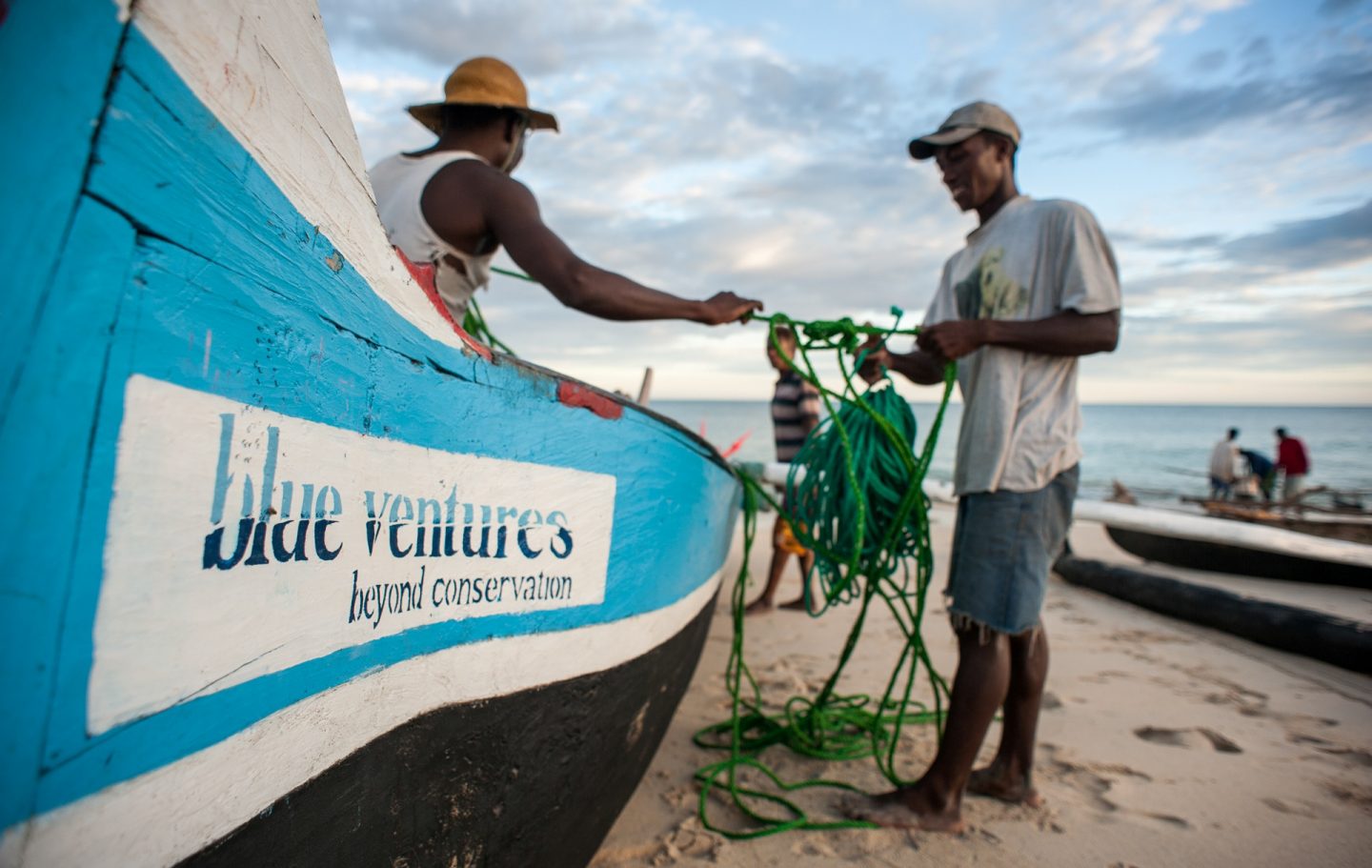
Blue Ventures works with coastal communities to develop sustainable approaches to marine conservation.
Madagascar
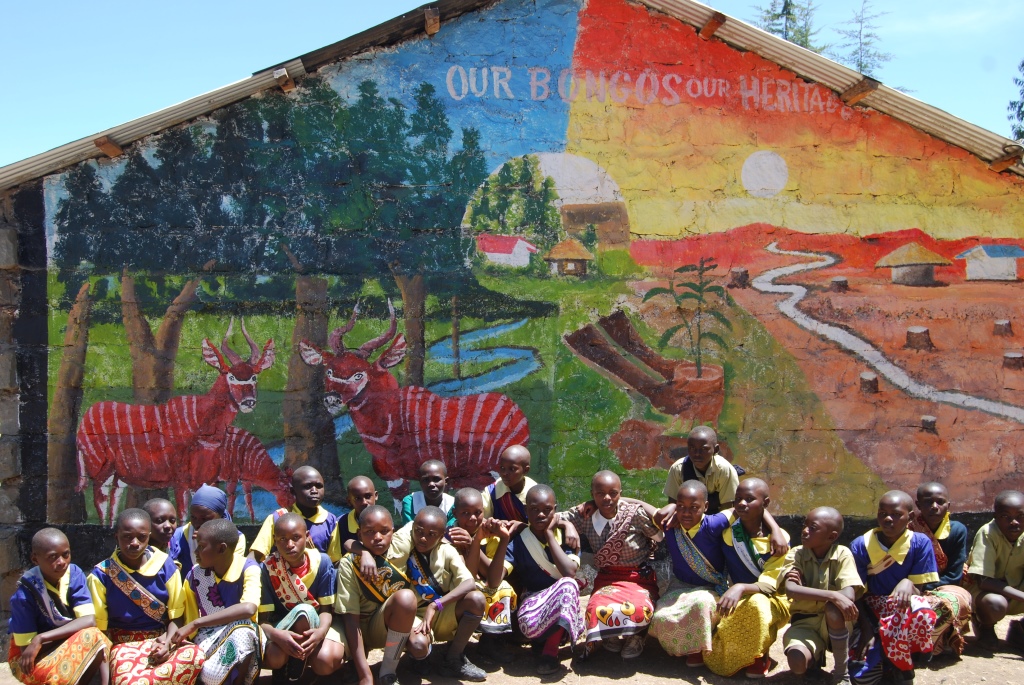
The mountain, or eastern Bongo is one of the rarest large mammals in Africa.
Kenya
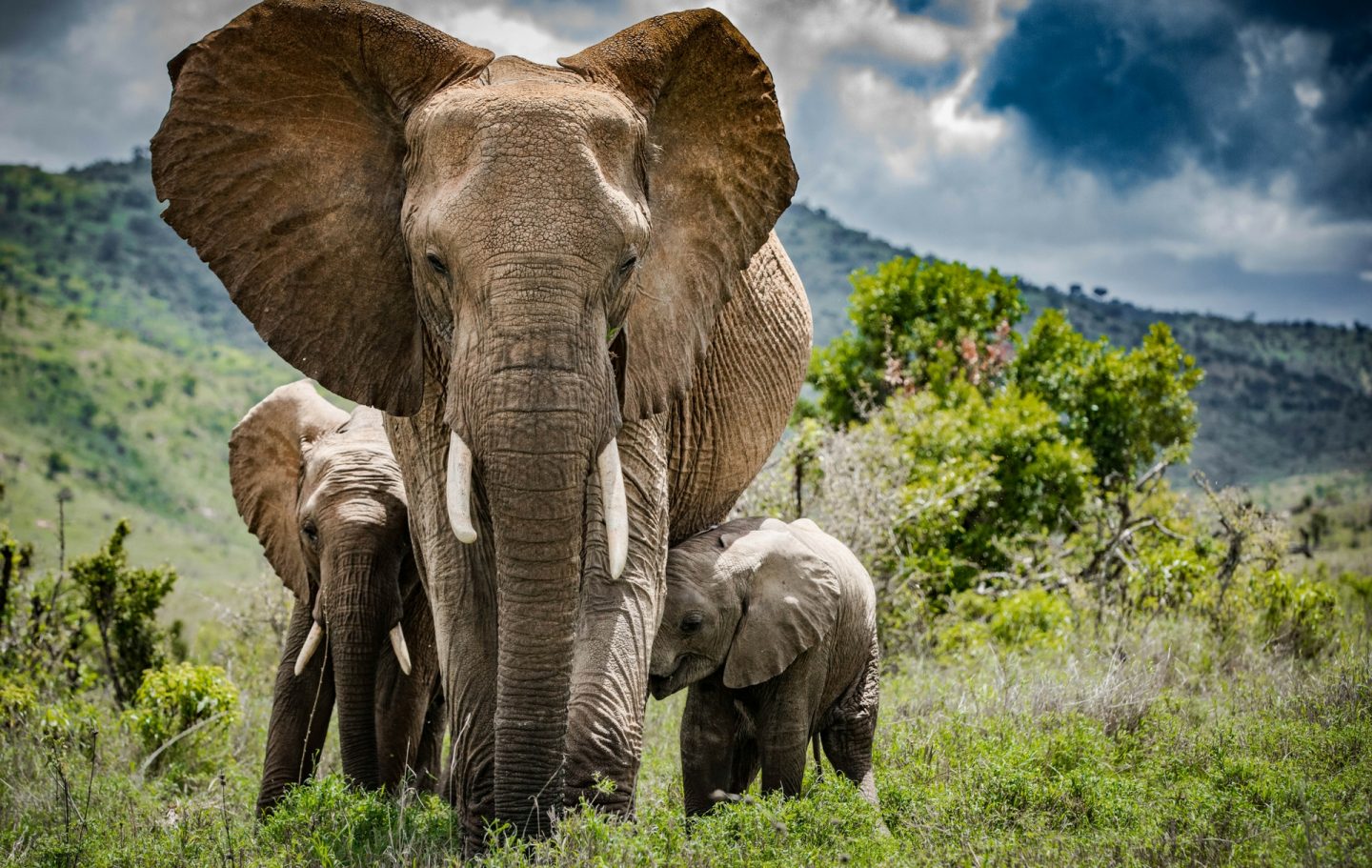
The Borana Conservancy works with local communities and other partners to ensure a sustainable ecosystem in the savannah habitat of East Africa.
Kenya
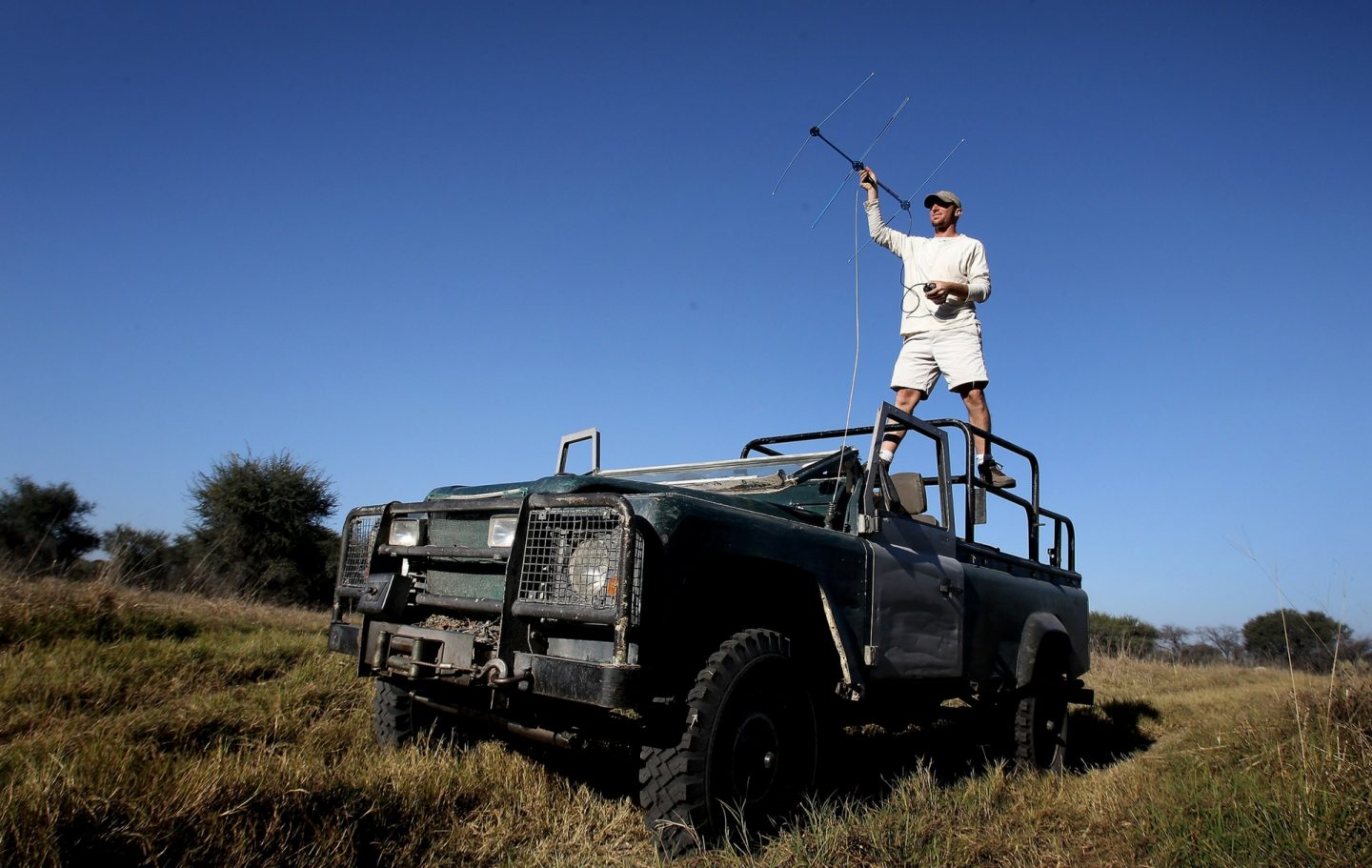
Founded as the Botswana Wild Dog Research Project in 1989, Wild Entrust's Botswana Predator Conservation (BPC) is now one of the longest-running carnivore conservation programmes in Africa
Botswana
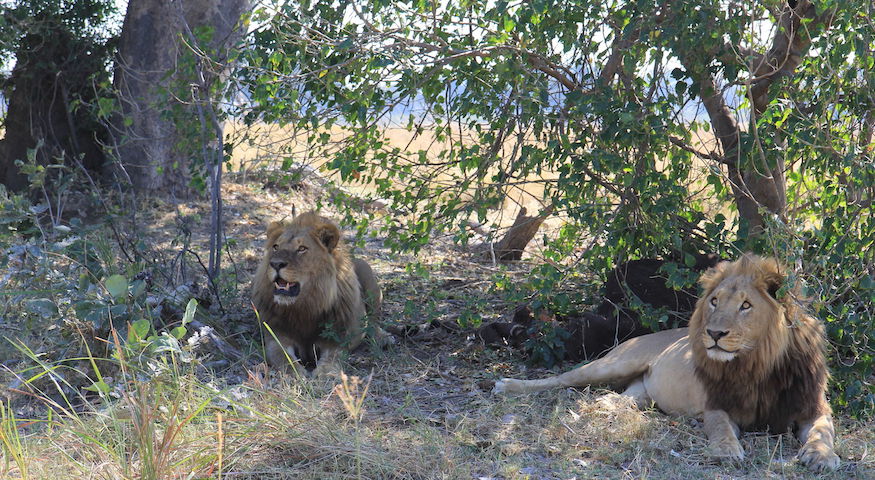
CLAWS Conservancy works to promote co-existence between communities and lions in the Kavango Zambezi Transfrontier Area, Northern Botswana.
Botswana

Coaching Conservation® is an environmental education programme with a difference.
Botswana
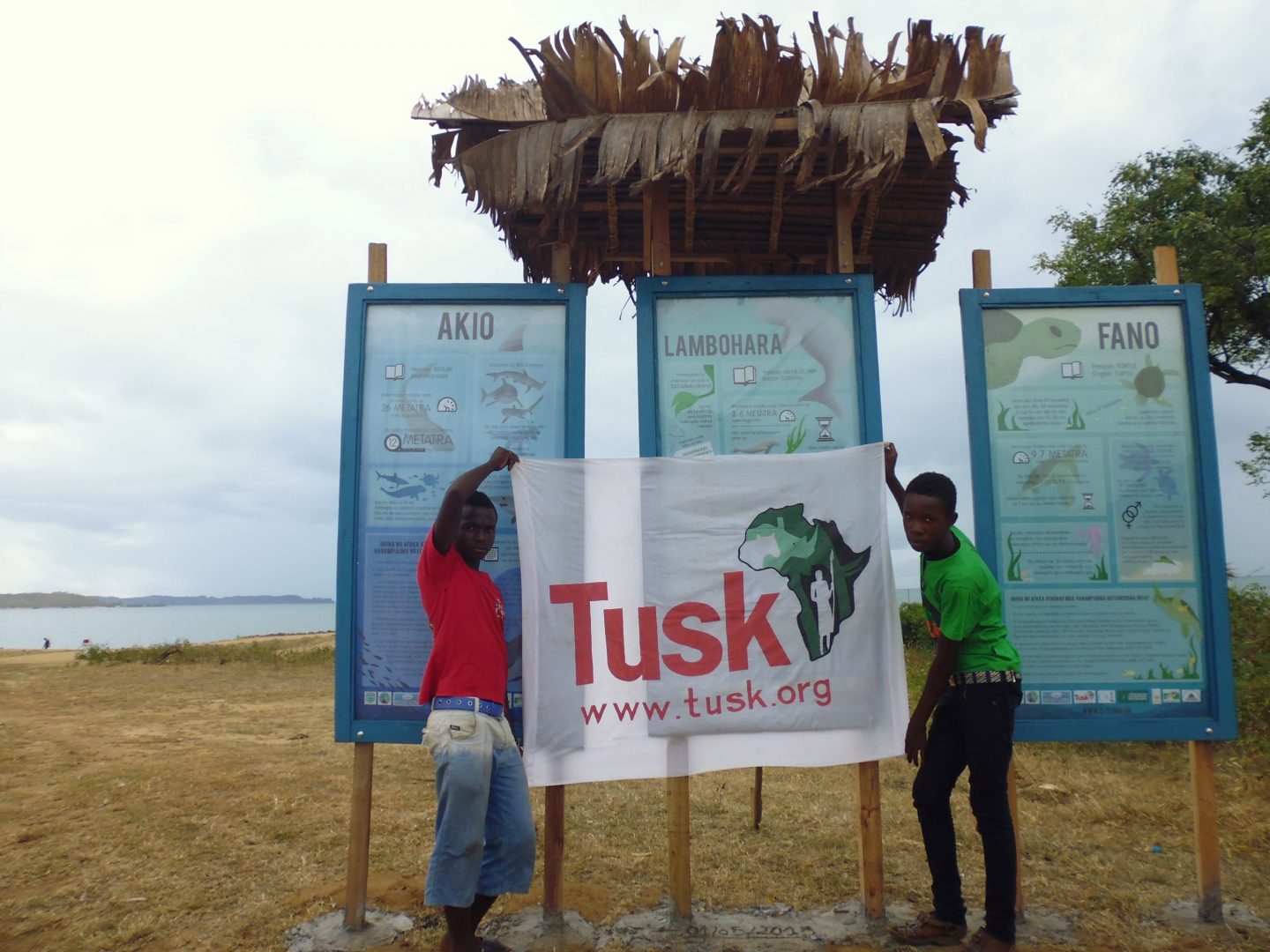
Community Centred Conservation (C3) is an international network of grassroots marine conservation initiatives.
Madagascar
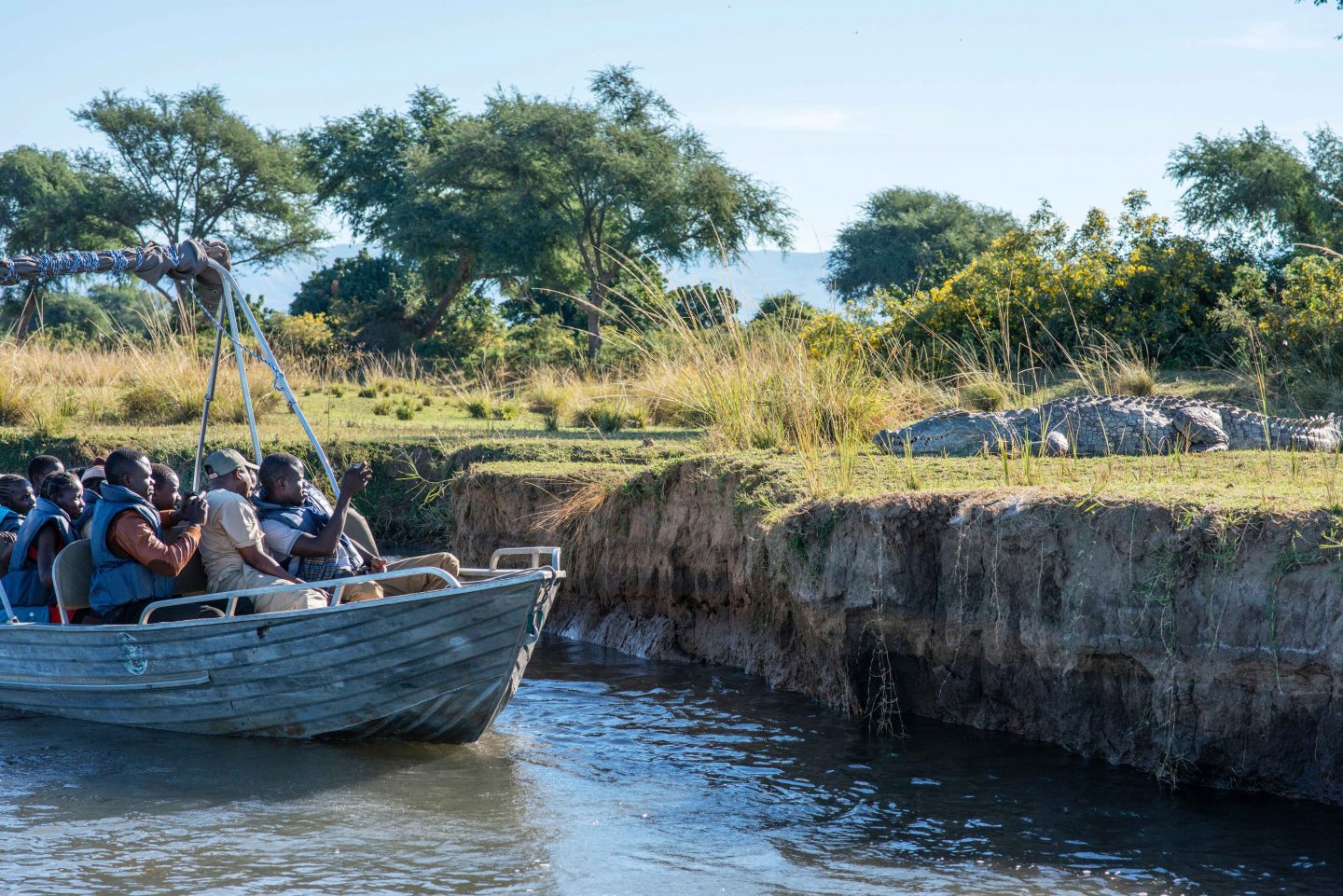
Conservation Lower Zambezi (CLZ) works with the Zambian Department of National Parks and Wildlife (DNPW) and local communities to protect the wildlife in the Park and surrounding areas.
Zambia

Conservation South Luangwa (CSL) was founded in 2003 to protect the wildlife and habitats of the South Luangwa ecosystem.
Zambia